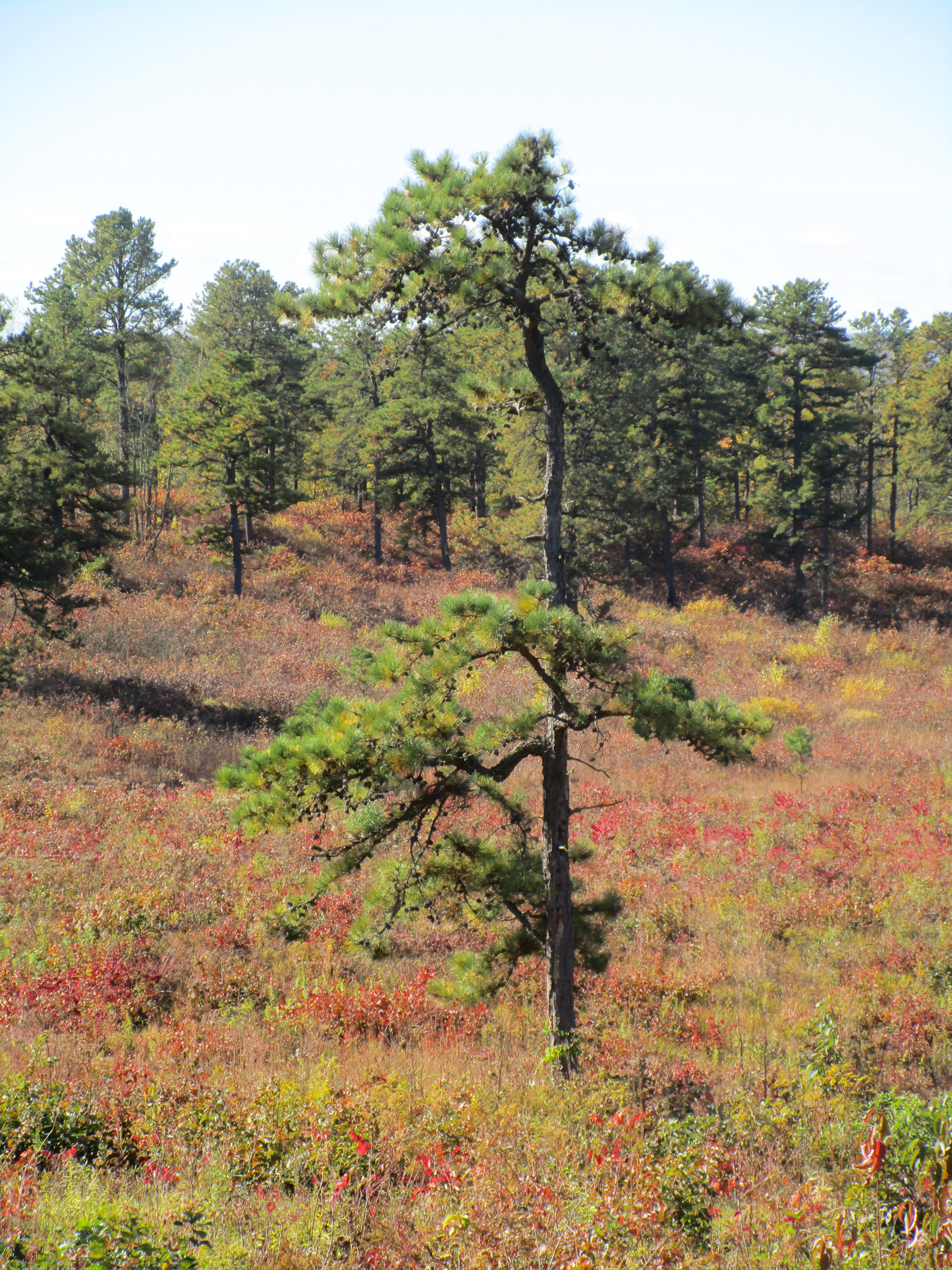It has come to my attention that Ehrlichiosis and Anaplasmosis may have arrived in our beloved Pine Bush. These diseases are borne by ticks. Until the early 1990s, there were no ticks in the Pine Bush. Now, the Pine Bush seems overrun by these disease carrying insects.
What are these diseases? Below is information from the National Institite of Allergy and Infectious Diseases, reprinted directly from their website at: http://www.niaid.nih.gov/topics/ehrlichiosisanaplasmosis/ – Lynne Jackson, Editor
Cause – Ehrlichiosis is caused by some types of bacteria called Ehrlichia. Anaplasmosis is caused by the bacterium Anaplasma phagocytophilum.
Transmission – Both ehrlichiosis and anaplasmosis are transmitted by the bite of an infected tick. The most important carriers of anaplasmosis in the United States are the western blacklegged tick and the deer tick, both of which also transmit Lyme disease. Human monocytic ehrlichiosis, or HME, is transmitted by the lone star tick and possibly other species.
Symptoms – Symptoms usually begin at least 5 days after you are bitten by an infected tick and can include:
Fever, Chills, Headache, Muscle pain,, Nausea, Tiredness, You might also have a rash.
You might not have symptoms, or your symptoms might be so mild that you hardly notice them.
Diagnosis – If you have been bitten by a tick or have been in a tick-infested area and you have any of the symptoms typical of these infections—even mild ones—you should contact your healthcare provider. Your healthcare provider will use this information along with laboratory tests to find out whether you have ehrlichiosis or anaplasmosis or perhaps some other tickborne infection.
Treatment – If you have ehrlichiosis or anaplasmosis, your healthcare provider will give you an antibiotic such as doxycycline to treat the disease. With treatment, most people fully recover.
Prevention – To help prevent ehrlichiosis and anaplasmosis, you should avoid walking in areas of tall grass, brush, or anywhere there may be ticks. If you do go into these areas, be sure to
• Wear light-colored clothing
• Tuck your pants legs into your socks so ticks can’t get up inside your pants legs
• Wear a long-sleeved shirt and tuck it inside your pants.
• Spray insecticide containing permethrin on boots and clothing. The effects will last several days.
• Apply insect repellent containing DEET to your skin. Because DEET lasts only a few hours, you may need to reapply it.
• Look for ticks on your body, including in your hair, when you return from hiking or walking
• Check children and pets for ticks
• Generally, a tick needs to be attached to your body for an extended period of time before it can infect you. You should remove it with fine-tipped tweezers. The Centers for Disease Control and Prevention has more information on how to prevent tick bites and to remove ticks.
Complications – Ehrlichiosis can become a severe, life-threatening illness, especially if left untreated. It can damage many organ systems, especially the lungs and kidneys. Other complications can include seizures and coma.
Possible complications of anaplasmosis include sepsis (infection in blood or tissues). Anaplasmosis also can damage organ systems including the lungs, heart, kidneys, and nerves. The disease is noted for being more severe among individuals with compromised immune systems.
Research – NIAID supports research on ehrlichiosis and anaplasmosis as well as other tickborne diseases. Research ranges from studying the basic biology of the microbes that cause these diseases to developing vaccines and better ways to diagnose, treat, and prevent the diseases.
Two years after anaplasmosis was first described in people, researchers supported by NIAID identified the bacterium that causes the disease. More recently, NIAID-supported researchers helped complete the genome sequences of both Anaplasma phagocytophilum and Ehrlichia chaffeensis. This information should facilitate efforts to develop preventive vaccines as well as new and improved diagnostics and treatments.
Published in November/December 2013 Save the Pine Bush Newsletter
